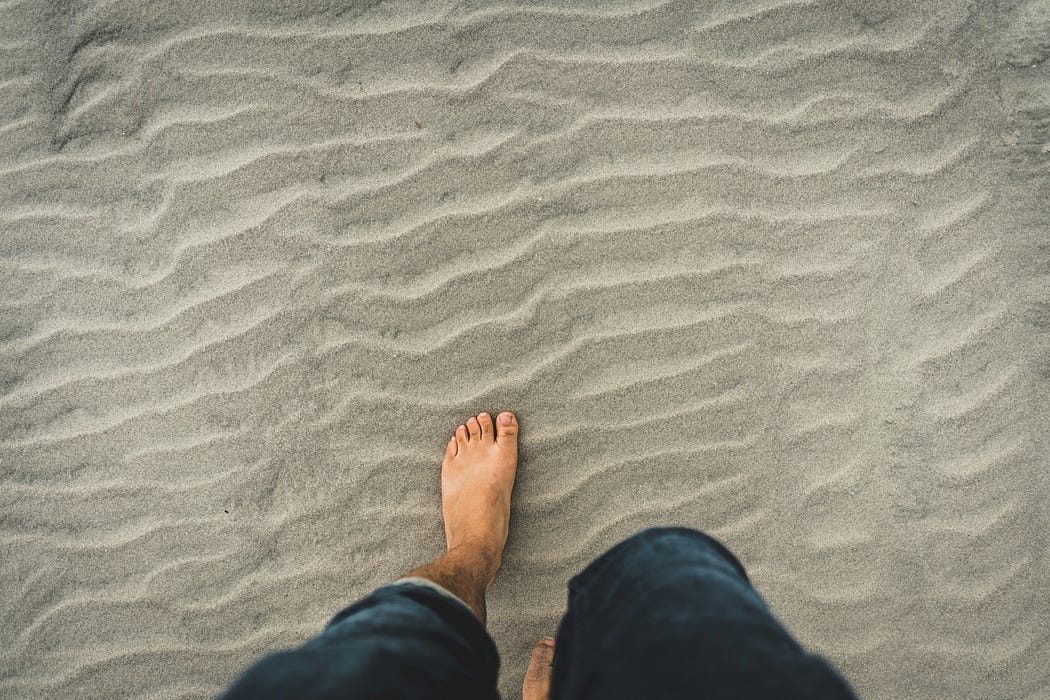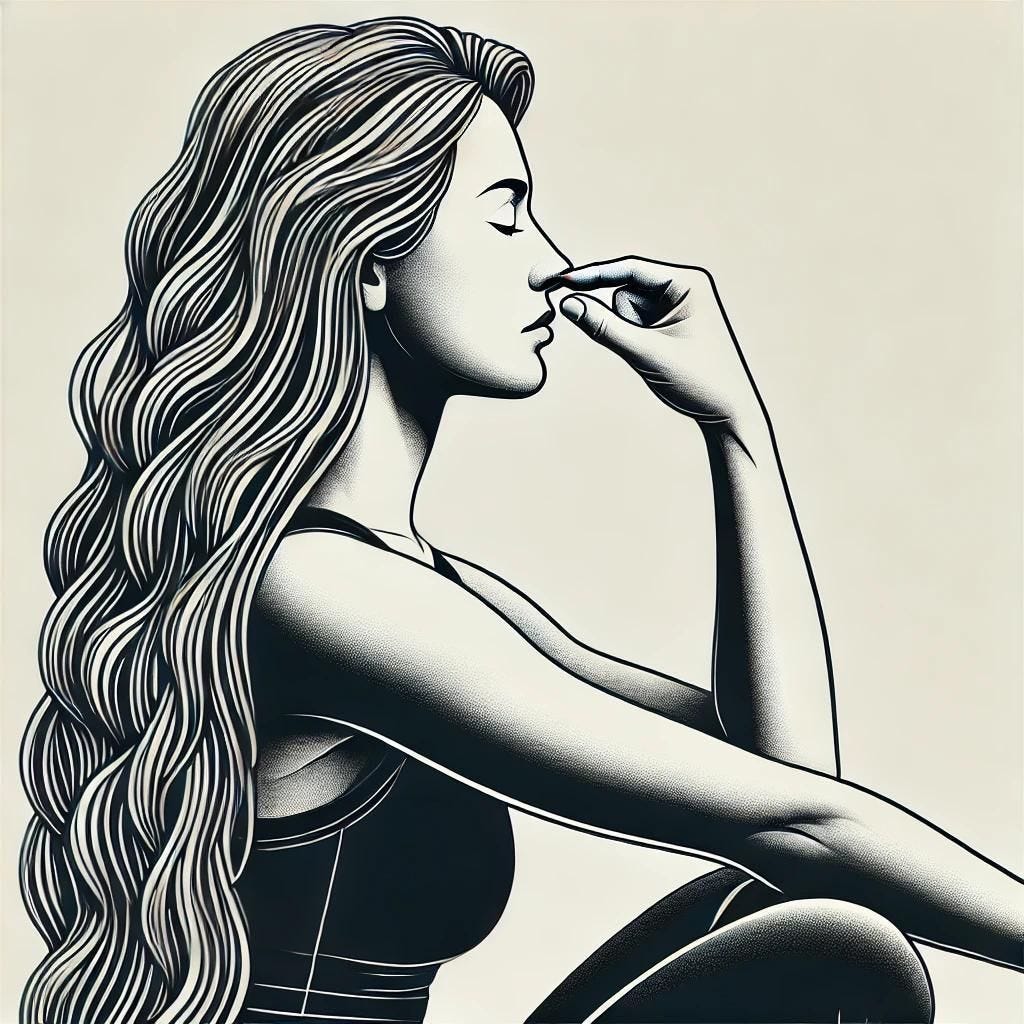3 Quick Ways To Reduce Your Anxiety
Each method only takes 10 minutes a day

Most people live busy lives.
There doesn’t seem to be much time left for self care or health routines.
But basic self care does not have to take long.
Here are 3 simple techniques that can drastically change your day and anxiety levels.
Better health starts by prioritizing it.
Start small -practice each activity for 10 minutes a day.
1. Alternate nostril breathing
Alternate nostril breathing (a.k.a Nadi shodhana pranayama) is a small but mighty act.
The yogis from India have been doing this for thousands of years.
It’s the simple act of inhaling through one nostril and exhaling out the other nostril.
As you inhale through one, you block the other with your thumb or finger.
Hold the breath for a few seconds and exhale out the opposite nostril.
Then inhale through the nostril you just exhaled from and keep going back and forth alternating nostrils.
Remember to block the opposite nostril as you alternate.
Make sure your inhales are slow (count of 4–6), hold the breath for a count of 4–6, and exhale for a count of 4–6.
Here’s the science behind it:
There are different nerve connections in the two nostrils that are linked to different sides of the brain.
As you inhale through the right nostril you activate a nerve that stimulates the sympathetic system.
Your heart rate is going to go up, your blood pressure is going to go up, and you are going to stimulate more activity on the left side of your brain.
As you inhale through the left nostril it’s the opposite effect. You activate a nerve that stimulates the parasympathetic system.
It calms you down, cools you down, and supports a neurological level of sedation.
Alternate nostril breathing brings harmony between the sympathetic and parasympathetic nervous system in the body.
This harmony comes with many benefits:
neuroprotection
lowers blood sugar
lowers blood pressure
decreases cellular aging
increases cognitive function
increases respiratory function
increases oxygen consumption (by 18%)
activates liver detoxifying enzymes(glutathione)
2. Earthing/Grounding
Connecting an electrical system to the ground is referred to as “earthing” or “grounding”.
The human body is bioelectric and full of electrical subsystems: heart, brain, nervous system, muscles, and immune system.
We need a certain amount of electrons to stay energetic and healthy.
Electron deficiency can lead to inflammation in the body and inflammation leads to many diseases and thickening of our blood. Thickened blood can bring its own range of issues: namely, blood clots.
Guess who has a lot of spare electrons up for grabs?
Yo mama does! Mother earth that is.
The greatest giver known to humankind has an ample surplus of electrons and is willing to share.
She is a planet that is alive with natural energies. A gargantuan battery that is continually replenished by lightning, solar radiation, and heat from its molten core.
Her surface has a natural negative charge which provides the free ions we can absorb into our bodies just by maintaining ‘skin-to-skin’ contact with her.
The soles of our feet are richly covered with some 1,300 nerve endings per square inch and so walking barefoot can be a highly efficient way to draw those electrons into your body.
Grounding works to remedy electron deficiency to reduce inflammation. This enables your body to return to its normal electric state, better able to self-regulate and self-heal.
Ditch those cute shoes for 10 minutes a day to get your daily dose of electrons.
Your body and mind will be grateful!

Qigong
Qigong (pronounced “chi gong”) was developed thousands of years ago as part of traditional Chinese medicine.
“Qi” means energy and “gong” means skill.
The concept includes physical movements and mindfulness with the chief aim of optimizing energy within the body, mind, and spirit.
Qi is the life force energy that animates our physical bodies and is an integral part of our health.
We want our energy to keep circulating and not get stuck- to go with the flow.
Moving our physical body everyday in a mindful way helps to keep our energy flowing and removes any blockages that could be arising.
There are tons of videos available on YouTube to show the numerous types of qigong movements.
Here’s a link to a beginners video.
My morning qigong routine involves standing with my feet shoulder width apart and bouncing up and down for a few minutes.
I then work my way up my body starting from my lower calves patting both sides of my legs down with a some force.
With fists in place, I tap my lower back, my upper back, my chest, and the top and back of my head.
I also side swipe with a karate chop under each armpit several times as this can clear any stagnant energy from the lungs.
Some days I add in more movements and some days I skim on this.
It’s not about being a qigong expert, it’s about taking a few minutes of your day to consciously move the energy in your body.

In our fast-paced lives, it’s easy to overlook the importance of self-care.
By carving out just 10 minutes at three different intervals throughout your day, you can make a significant impact on your health and well-being and reduce your anxiety levels.



